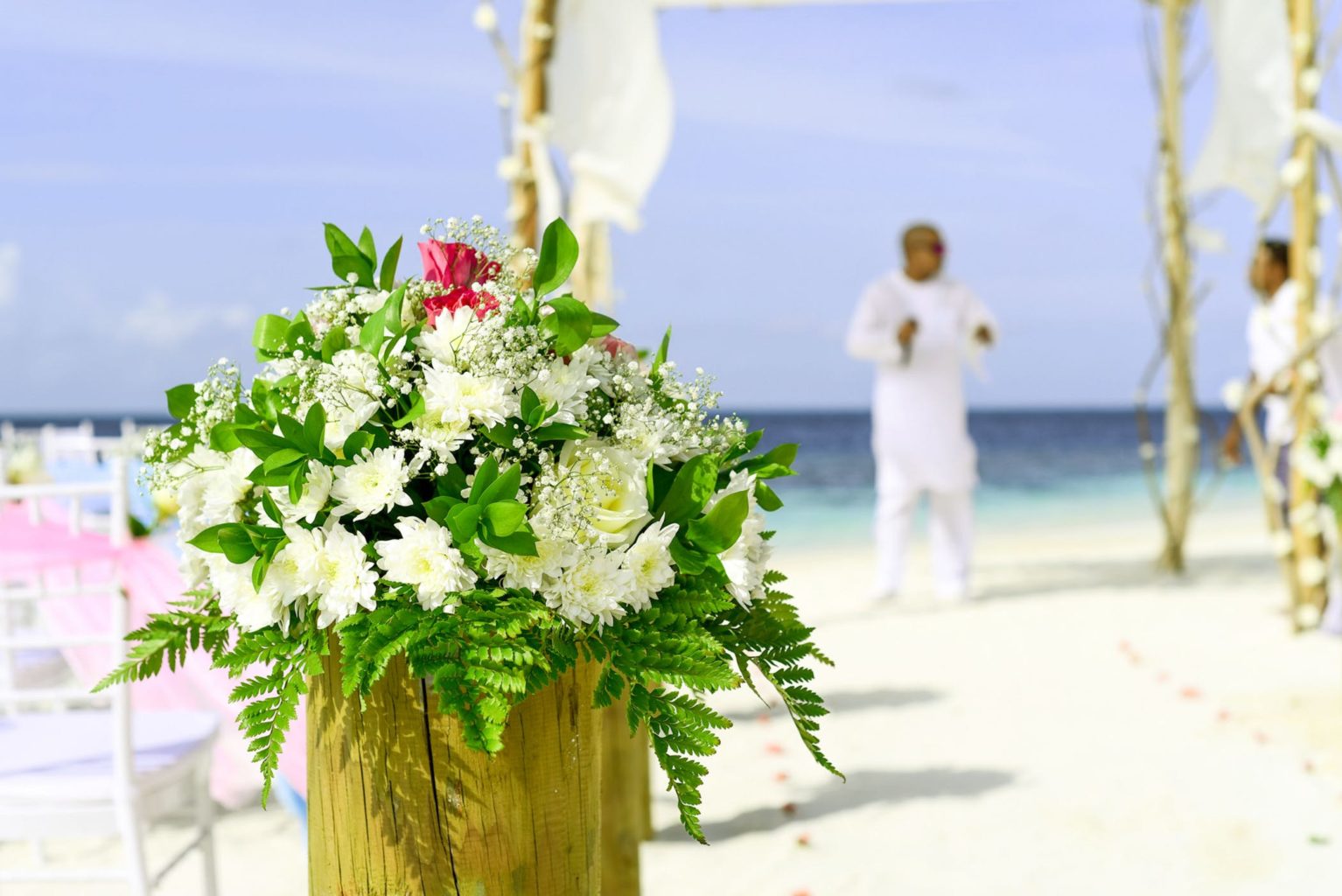

Verify 'Password required' is set to Yes now.Ħ. Run "Net User Administrator /passwordreq:yes"ĥ. If 'Password required' is set to No, continue with steps 4-7. At the SBS 2011 Standard page that asks if you want to do a Clean Installation or a Migration, do not click anything yet.ģ. Start a clean installation of the server again using the IBM disk like you did before. Please remember to mark the replies as answers if they help and unmark them if they provide no help.If you are unable to get SBS 2011 Standard installed using Susan's suggestion, here is another one you can try.ġ. | Linkedin | Migrations done the easy way The above scenarios are 100% success and if you have issues I will fix them for you. Installing Exchange Server on a DC is no longer supported and though technically possible I would never implement it because it is a recipe for disaster. The end result will be a Windows Server 2016 that is your DC and another Windows Server 2016 with Exchange on it. Once the Hyper-V Host is ready you can add as many Virtual Machines as you want on the free version but you need in your scenario only two. Just one beefy Hyper-V Host (the free one from Try Active Microsoft Hyper-V Server 2016 | Microsoft Evaluation Center) and use How to install and configure Microsoft Hyper-V Server 2016 for installation. As a matter of fact Exchange Server 2016 can be integrated in the Essentials Dashboard and that will give you a SBS 2008/2011 Dashboard look and feel. Remark: Windows Server Essentials 2016 or Windows Server 2016 + Essentials Experience role works very well with a separate Exchange Server 2016.Remark: Outlook 2007 from your Office suite is NOT compatible with Exchange Server 2016.The next hop will be Exchange Server 2016 and that is described in How to migrate Exchange Server 2013 to Exchange Server 2016 in a SBS migration scenario. You may want to have a look at How to migrate from SBS 2008 to Windows Server 2016 (Essentials) and for the Exchange part you need to migrate first to Exchange Server 2013 How to migrate Exchange Server 2007 from SBS 2008 to a new Exchange Server 2013 on Windows Server 20.


 0 kommentar(er)
0 kommentar(er)
